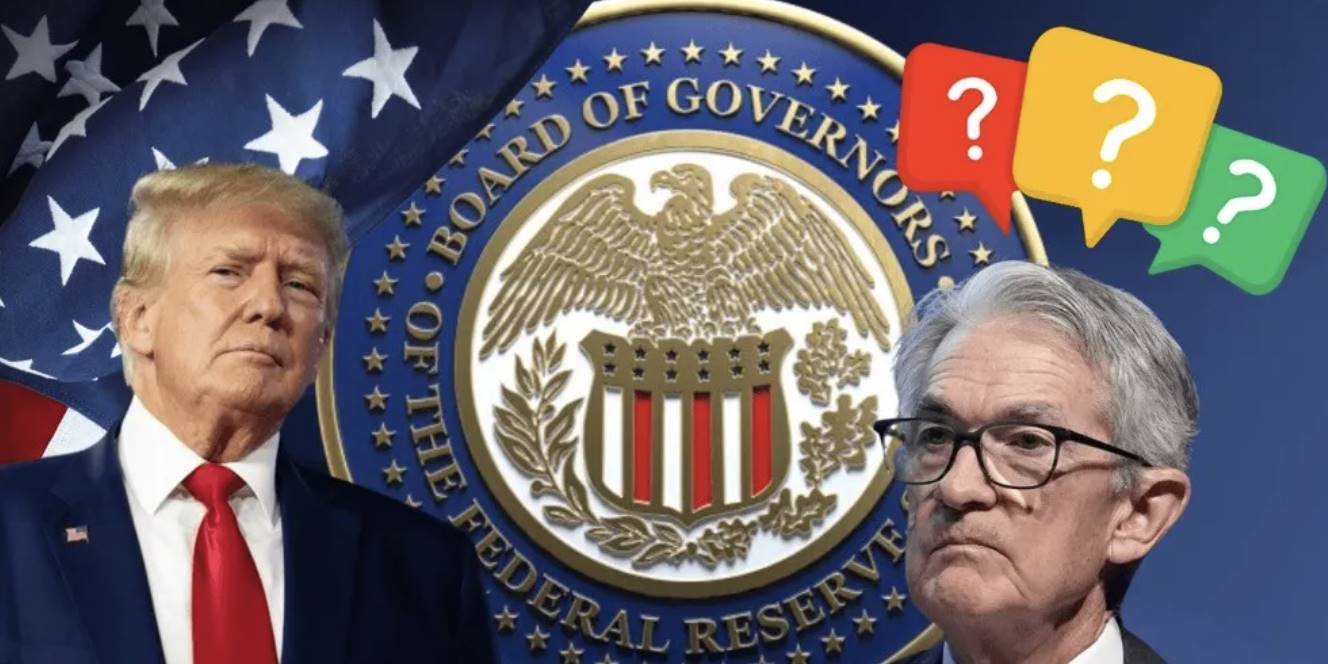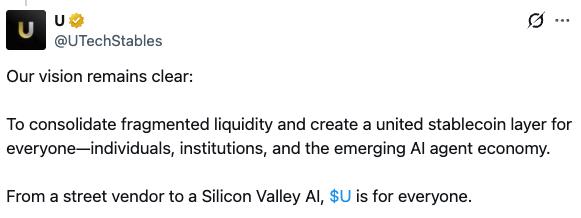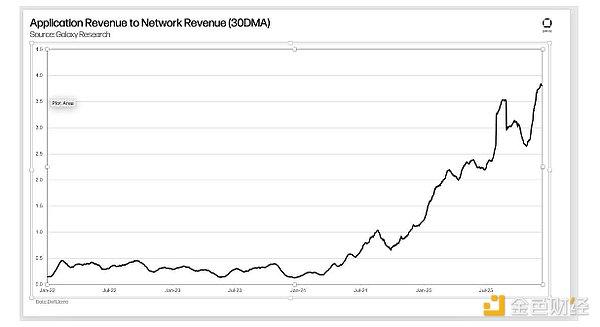Author: Pretending to be on the flower street
Signs of recession have already appeared, and in the current environment of financial market turmoil, Fed officials must also have seen it. So the core conflict in the March FOMC meeting is that policymakers need to balance "slowing growth" and "inflation stickiness" as well as whether to pre-hedge "Trump uncertainty".
If the meeting sends signals including "lower tolerance for inflation + later rate cuts" and ignores the chaos caused by Trump's fiscal and tariff policies, this will drive down US Treasuries, US stocks and the long position, and the US dollar will strengthen in the short term; (Of course, I think the probability of gathering these hawkish elements is very low)
On the contrary, if the Fed believes that the current inflation is driven by temporary factors (such as tariffs, supply chains), or believes that the risk of economic recession is greater than the risk of inflation, and therefore tolerates inflation temporarily above the 2% target, or triggers expectations of rate cuts in advance, this will be positive for risk assets.
In addition, if the Fed is too concerned about economic growth, even if there are expectations of easing, it may also cause short-term panic in the market, and there may be disorderly fluctuations for a while.

The following are the specific points that need to be paid attention to:
1. Interest rate decision and policy stance
Whether to keep interest rates unchanged:
All institutions unanimously expect the Fed to maintain the federal funds rate target range at 4.25%-4.50%, continuing the "no rush to act" stance, and there should be no surprises here. If there is a surprise, just go long with your eyes closed.
Wording of the policy statement:
Pay attention to whether the statement adjusts the assessment of economic growth, inflation and risk balance (such as from "strong growth" to "moderate slowdown"), and whether the wording of "patient waiting" is retained. Note whether officials downplay the rise in the unemployment rate and still emphasize the tightness of the labor market.
If the statement emphasizes the stubbornness of inflation, it may suppress risk assets; if it downplays the risks of inflation and growth, it may boost the stock and crypto markets.
2. Adjustment of economic forecasts (SEP)
Growth and unemployment rate:
Wall Street expects Fed officials to slightly lower the 2025 GDP growth rate (from 2.1% to 2.0%), reflecting the drag of trade policies and slowing consumption, and the unemployment rate may remain low (4.3%).
Inflation path:
The previous forecast for core PCE inflation was 2.5%. If officials have factored in the transmission of tariffs and wage stickiness, they may revise it upwards, which is a bad signal.
Also pay attention to whether long-term inflation expectations have "unanchored" (such as the recent warning that the University of Michigan's inflation expectations have jumped to 3.9%).
Market impact: If the downward revision of GDP growth and the upward revision of core PCE inflation forecasts come true, it represents a rise in stagflation expectations, which may suppress risk assets and benefit gold.
3. Dot Plot's rate cut signal
Median number of rate cuts in 2025: The current market expects two (25bp each), and needs to observe whether it is maintained, reduced (one) or increased (three).
Long-term neutral interest rate (r*): If it is believed that trade policies have pushed up supply-side costs, r* may be revised upwards, implying less room for rate cuts.
Degree of committee divergence: Pay attention to the dispersion of the dot plot distribution, if the 2025 forecast is concentrated in 1-3 rate cuts, the uncertainty about the policy path will be higher.
Market impact:
Stagflation signals have already appeared, so the key to this dot plot is to verify the Fed's tolerance for "stagflation" risk.
If the dot plot implies fewer rate cuts (1 time), short-term yields will jump, which is negative for risk assets; if more rate cuts (3 times), it will boost risk appetite.
If the dot plot shows more rate cuts, it needs to be verified whether the core PCE forecast is also lowered simultaneously (previous forecast 2.8%). Contradictory signals (more rate cuts + higher inflation) will cause market chaos.
4. Adjustments to the Quantitative Tightening (QT) plan
Pace of balance sheet reduction:
QT adjustments may include slowing the pace of balance sheet reduction or temporarily suspending MBS reduction (currently $35 billion per month).
Reinvestment strategy:
Pay attention to whether MBS prepayment funds are reinvested in Treasuries (neutral strategy) or short-term bills, which may exacerbate short-end distortions, especially as the debt ceiling has led to a reduction in bill issuance. If the reinvestment is tilted towards neutral or long-term bonds, it may lower long-term yields and ease term premium pressure, which could be an additional positive.
Market impact:
This may be the biggest potential positive for this meeting. If a clear QT end schedule is announced, or market liquidity pressure is eased, it may benefit the rebound of risk assets.
5. Trade policy and inflation risks
Assessment of tariff impact:
Whether the Fed mentions in the statement or press conference the two-way impact of trade policy uncertainty on growth and inflation (some institutions estimate that tariffs may push up core PCE by 0.5pp).
Whether it hints at concerns about "stagflation" risk (the market has priced in a recession, but the Fed is more focused on inflation).
If inflation expectations get out of control, whether it releases a hawkish signal of "necessary rate hikes" (low probability, but needs to be vigilant).
Market impact:
If the Fed emphasizes the stickiness of inflation, the rise in real interest rates will suppress gold; if it acknowledges stagflation, risk assets will sell off. If inflation is under control, it's a wait-and-see.
6. Debt ceiling and fiscal policy risks
Risk of government shutdown:
The debt ceiling impasse remains unresolved, pay attention to whether the Fed hints at pre-emptive liquidity support measures (such as adjusting the SRF tool), which would be a positive message.
Fiscal drag:
Whether the impact of government spending cuts on economic growth has been incorporated into the SEP forecast (e.g. federal layoffs dragging on employment).
Market impact:
The market impact here may be a bit tricky. Generally speaking, if the Fed is very concerned about the chaos in the government bond market and has a pessimistic outlook on economic growth, the market may panic and sell off at first, and then the focus may return to the Fed's easing expectations. So if this happens, the market may not find direction for a while and experience disorderly large fluctuations.








